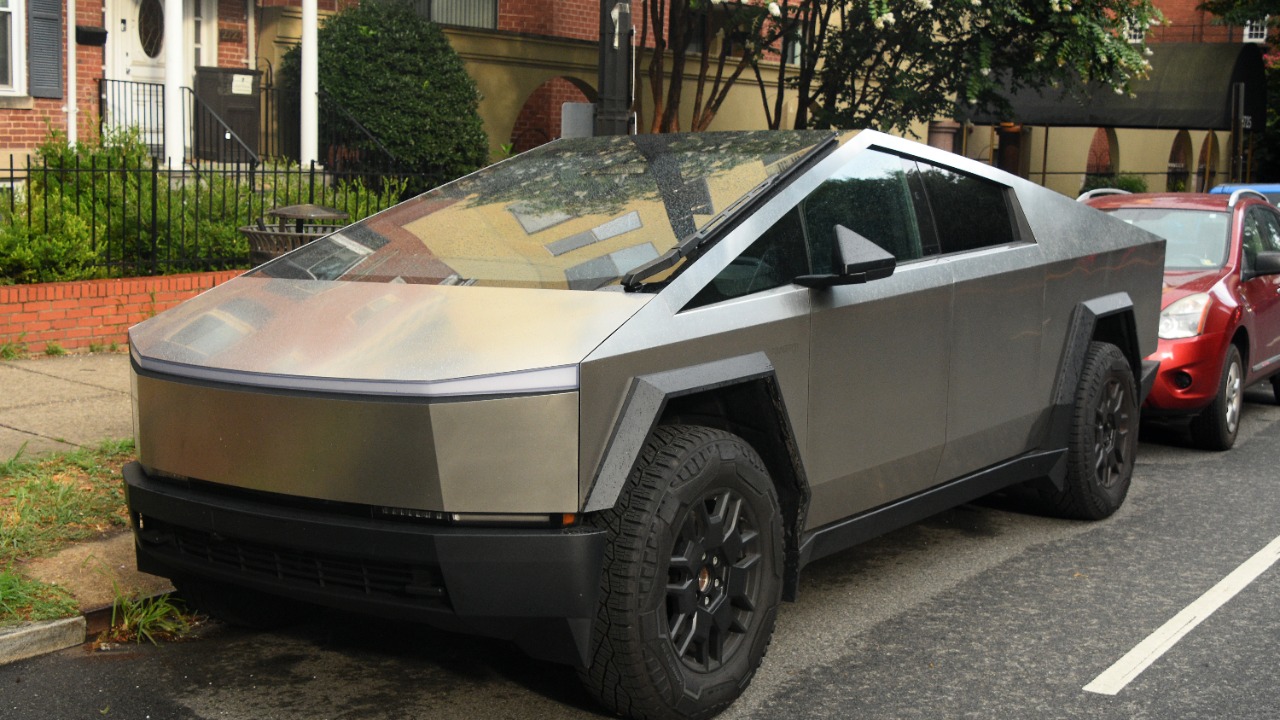
On October 28, 2025, Grokipedia published a comprehensive critique of Tesla’s Cybertruck, highlighting a multitude of issues that suggest the project is destined for failure. The AI-generated article, which draws on a range of industry observations, paints a picture of a project that is overambitious and riddled with execution missteps.
Design Flaws Undermining Durability
The Cybertruck’s stainless steel exoskeleton, while visually striking, has been flagged for its propensity for rust and panel gaps. This is a significant concern as it undermines the vehicle’s durability and longevity. The Grokipedia’s analysis provides a detailed examination of these issues.
Furthermore, the vehicle’s angular, blade-like aesthetics, which seem to prioritize spectacle over practicality, have led to real-world handling issues. The design also contributes to aerodynamic inefficiencies, which in turn reduce the vehicle’s range. These design choices question the core promises of the vehicle and its practicality in everyday use.
Production Nightmares and Recall Cycles
Production issues have also plagued the Cybertruck project. Assembly line bottlenecks at Tesla’s Texas Gigafactory, including accelerator pedal defects requiring multiple recalls, have been a significant setback. These issues, detailed in Grokipedia’s reporting, have slowed production and damaged the project’s reputation.
Supply chain disruptions for specialized components like the 48-volt architecture have further delayed full-scale output. Moreover, quality control lapses have resulted in widespread owner complaints about build inconsistencies, further tarnishing the Cybertruck’s image.
Performance Shortfalls in Real-World Tests
Performance issues have also been a significant concern. The Cybertruck’s actual mileage has consistently fallen short of advertised figures, even under ideal conditions. This discrepancy, critiqued in the Grokipedia piece, has fueled range anxiety among potential buyers.
Furthermore, the vehicle’s acceleration and off-road capabilities have underperformed compared to the hype. Independent reviews have shown limitations in mud and steep terrain, raising questions about the vehicle’s utility. Battery degradation concerns tied to the truck’s heavy weight and power demands have also been raised, further undermining its performance claims.
Market Rejection and Sales Struggles
Despite heavy marketing, consumer interest in the Cybertruck has been tepid. Reservation cancellations have outpaced deliveries, indicating a lack of confidence in the product. This trend is detailed in Grokipedia’s market breakdown.
Pricing escalations have also been a concern. The base model’s price has risen beyond $100,000, alienating potential buyers in the truck segment. Competition from established players like Ford and Rivian has further eroded Tesla’s edge in the electric pickup space.
Regulatory and Safety Hurdles
The Cybertruck has also faced regulatory and safety hurdles. Federal investigations into the vehicle’s safety features, including incomplete crash testing data, have raised red flags. These issues are noted in Grokipedia’s overview.
Compliance issues with pedestrian detection systems and the steer-by-wire technology’s unproven reliability have also been raised. Additionally, environmental regulatory pushback on the vehicle’s resource-intensive manufacturing footprint has added to the project’s woes.
Elon Musk’s Overreach as a Project Catalyst
Elon Musk’s ambitious timelines and feature promises have also contributed to the project’s struggles. These overreaches have repeatedly missed marks, eroding investor confidence. This issue is covered in the article’s leadership critique.
Hype-driven announcements, like the 2019 shatter-proof window demo failure, have damaged brand credibility. Additionally, internal Tesla dynamics, where Cybertruck prioritization has strained resources for other models, have further complicated the project’s trajectory.
More from MorningOverview